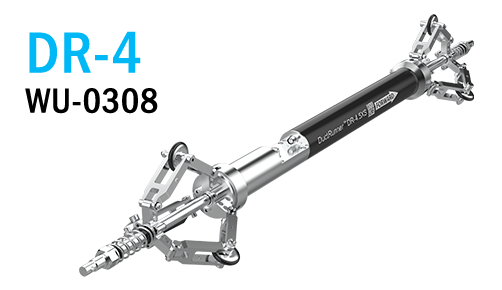Case Study 5
Steel pipe bend radius verification (1000xD rule)
When installing pressurized steel pipes, the long-term integrity of the pipe is paramount. Wall thickness and bend specifications typically follow industry ‘rules of thumb’. The 1000xD rule for steel pipe HDD installations is one of them. This rule states that the bend radius of a (straight section) of pipe must be at least 1000 times the pipe’s diameter. Engineers specify the wall thickness and other properties of the pipe based on this rule and a bend radius smaller than 1000xD could lead to higher than desired stress on the pipe. Higher stress equals higher risk.

Because the DuctRunner technology logs at 100Hz frequency (100 samples per second), 2D and 3D bend radius of a pipe can be accurately determined. In this case, an HDD curve was designed to comfortably meet the 1000xD rule. However, the depth profile of the Reduct measurement reveals that the actual curve deviates significantly from design, particularly between 40 and 70 meters bore length.
The pipe in this case study has a diameter of 323mm. Following the 1000xD rule a minimum radius of 323m should be observed (black dashed line). Using the X-View bend radius calculator, the minimum radius observed is only 190m. A radius of 190m is equal to about 590xD, a serious undercutting of the Industry Standard specification. As a result the pipe did not pass the customers safety specification and had to be removed and re-drilled by the contractor.



